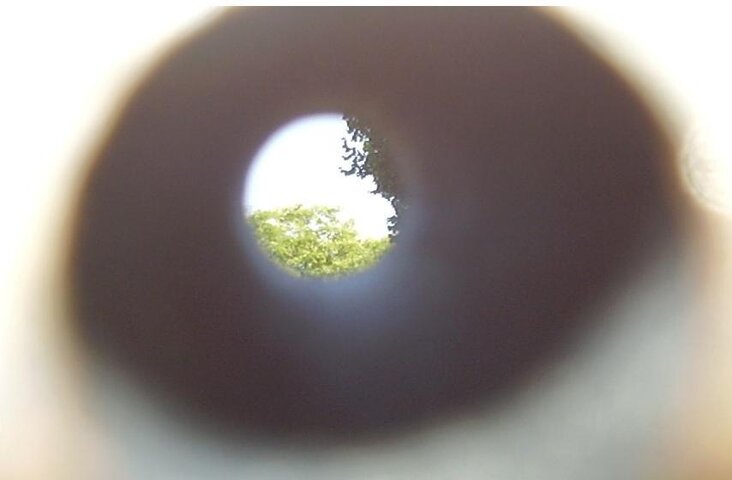I've been thinking about where some of my fixed dishes are located in relation to the house. With the coming of autumn I've been tracking the sun approaching the Clarke belt in comparison to an opening in the line of sight between the trees.
In my site survey I'm going to setup a temporary test dish for a trial while the leaves are still on. But here's the question...
How much of a opening at a distance of 100' is required? Anyone ever experiment with how wide of an opening is necessary to get the beam through?
I have clear elevation at 35° and up, but only about 20' wide as viewed with the leaves in place.
In my site survey I'm going to setup a temporary test dish for a trial while the leaves are still on. But here's the question...
How much of a opening at a distance of 100' is required? Anyone ever experiment with how wide of an opening is necessary to get the beam through?
I have clear elevation at 35° and up, but only about 20' wide as viewed with the leaves in place.



